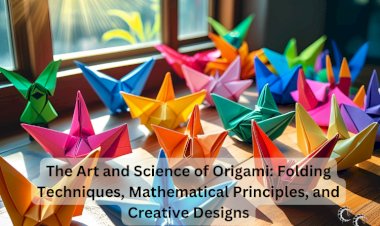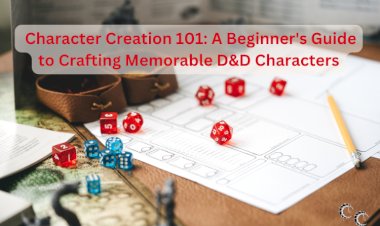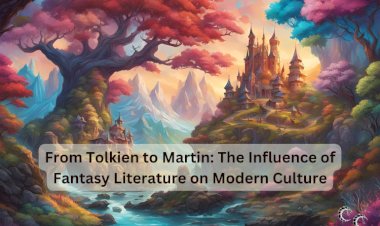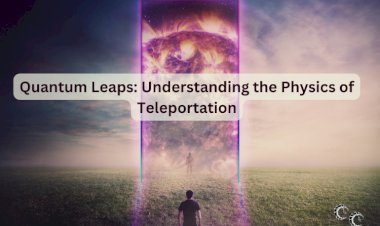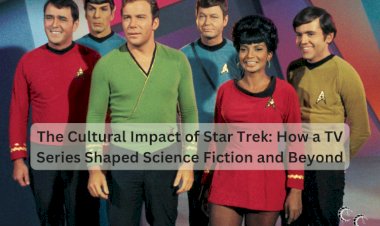The Impact of Artificial Intelligence on Creative Industries: Writing, Art, and Music
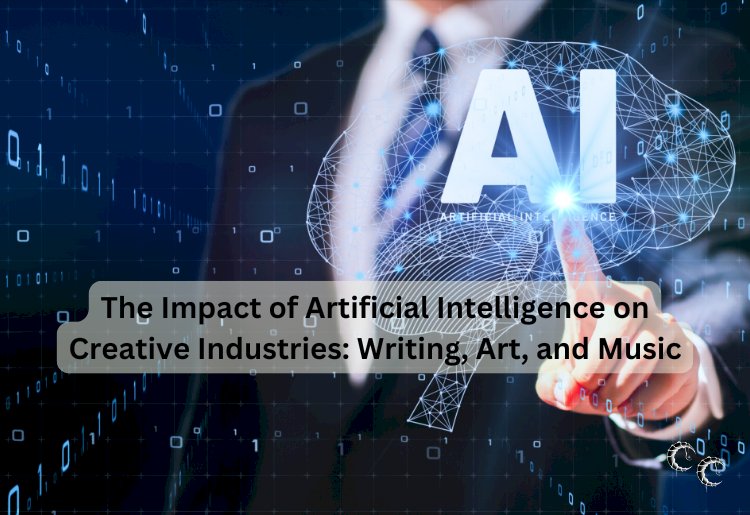
In recent years, Artificial Intelligence (AI) has made significant strides across various fields, from healthcare to finance. However, one of the most fascinating and controversial areas where AI has begun to make a profound impact is in the creative industries. From writing and visual arts to music production, AI is reshaping how creative works are made, consumed, and evaluated. But as AI becomes more capable of mimicking and even innovating in creative processes, the question arises: can machines truly be creative, or is there something uniquely human that AI can never replicate?
In this article, we will explore how AI is transforming creative industries such as writing, art, and music, examining the potential benefits and challenges it brings.
AI in Writing: A New Era for Content Creation
Artificial Intelligence has already begun to revolutionize the world of writing. From journalistic articles to novels and poetry, AI-powered tools are assisting writers by generating text, suggesting edits, and even creating entire pieces of content. AI-based platforms like OpenAI’s GPT-3 (the engine behind this very conversation) can generate coherent and contextually relevant writing on a wide range of topics, mimicking human creativity with astonishing accuracy.
1. Writing Assistance and Automation
One of the most prominent uses of AI in writing is for content generation. Media companies and marketers are increasingly relying on AI to produce news reports, product descriptions, and social media content. AI systems are capable of analyzing data and writing articles in real-time, which is especially useful for industries that require high volumes of content at a fast pace.
2. Creative Writing and Storytelling
In more artistic fields, AI has begun to experiment with creative writing. AI can generate poetry, short stories, and even scripts. Some AI programs are trained on large corpora of texts and use deep learning algorithms to produce original narratives, pushing the boundaries of what can be considered human authorship. Writers are also using AI as a collaborative tool, where the machine offers suggestions or generates parts of a story that the human writer can then refine and build upon.
Despite its impressive abilities, the question remains: can AI truly be creative? While AI excels at pattern recognition and data analysis, it lacks a true understanding of human experiences, emotions, and consciousness. Creativity, in its most profound form, involves not just generating new combinations of ideas but also drawing from personal experience, intuition, and a deep connection to the world—qualities that remain elusive for machines.
AI in Art: Redefining the Boundaries of Visual Expression
The intersection of AI and visual art is one of the most visually striking areas of this technological revolution. AI tools are being used to create artwork, from paintings to digital illustrations, pushing the limits of creativity and challenging the traditional notions of authorship and originality in art.
1. AI-Generated Artwork
AI-generated art has gained significant attention in recent years. Programs like DeepArt, Artbreeder, and DALL·E use neural networks to analyze and replicate the artistic styles of famous artists or generate entirely new and innovative visuals. These AI systems can create breathtaking pieces of digital art by combining patterns, colors, and styles in ways that humans might not conceive.
For example, "Edmond de Belamy", an AI-generated portrait created by the collective Obvious using a machine learning algorithm, made headlines when it sold at auction for over $432,000 in 2018. This raised a significant question about the value of AI-created art—if the machine generated the work, who is the true artist? Is it the machine, the programmer, or the person who conceptualized the idea?
2. The Role of AI in the Creative Process
Rather than replacing human artists, many see AI as a tool to enhance and complement human creativity. Artists can use AI to experiment with new styles, create novel visual compositions, and explore uncharted territories in digital art. For example, artists are incorporating AI-generated elements into their works, blending human artistic skill with the computational power of AI to create hybrid forms of expression.
However, the rise of AI-generated art has led to debates over intellectual property, originality, and the future of art in a digital age. With AI capable of producing art in a matter of seconds, can traditional art forms continue to hold the same value in the marketplace? How will artists navigate the ethical implications of using AI to create and sell art?
AI in Music: Composing the Soundtrack of the Future
Artificial Intelligence is also making waves in the music industry. From creating melodies to mastering tracks, AI is reshaping how music is composed, produced, and consumed. While AI-generated music is still in its early stages, it has already shown potential to disrupt traditional methods of music creation.
1. AI-Composed Music
AI systems like AIVA (Artificial Intelligence Virtual Artist) and OpenAI’s MuseNet have demonstrated the ability to compose original pieces of music. These AI tools analyze vast libraries of musical compositions, learning patterns in melody, harmony, rhythm, and structure. They can then generate new pieces of music that sound remarkably similar to compositions created by human musicians.
AIVA, for example, has composed orchestral pieces and soundtracks for films and video games. In some cases, these AI compositions have been performed by real orchestras, blurring the lines between human and machine-made music. AI-generated music is also gaining popularity in the world of video game soundtracks, where vast quantities of dynamic music are required to respond to the player’s actions.
2. AI as a Music Production Assistant
In addition to creating full compositions, AI tools are also being used to assist musicians in the production process. AI-driven software like Amper Music and Endlesss allows musicians to compose and produce music by providing automated tools for rhythm, melody, and sound design. These platforms make music creation more accessible to those without formal training in music theory, enabling even amateurs to create high-quality tracks with ease.
3. The Ethical Dilemmas of AI in Music
As with other creative industries, the rise of AI in music brings up important ethical questions. Who owns the rights to AI-generated music? Should an AI-generated song be credited to the AI or the human who designed the algorithm? And if AI can replicate the creative decisions of human musicians, does this lessen the value of human-created music? These are questions that artists, producers, and legal experts are grappling with as the role of AI in music continues to expand.
The Future of AI in Creative Industries: Collaboration or Competition?
As AI continues to evolve, it will likely play an increasingly significant role in creative industries. But rather than replacing human creators, it’s more likely that AI will act as a powerful tool to assist and enhance human creativity.
AI can open up new possibilities for writers, artists, and musicians, helping them push the boundaries of what is creatively possible. However, it is important to acknowledge that creativity is not solely about generating new ideas or replicating styles—it is about conveying human emotion, experience, and expression in ways that resonate with others. Machines may be able to mimic creativity, but they cannot replace the uniquely human qualities that drive artistic expression.
Moving forward, the key will be finding a balance between leveraging AI as a tool for inspiration and maintaining the importance of human intuition, emotion, and insight in the creative process. As AI continues to advance, we can expect to see more collaborative works between humans and machines, leading to exciting new forms of artistic expression and innovation.
Conclusion: Embracing AI’s Creative Potential
AI has the potential to significantly impact the creative industries, offering new opportunities for content creation, artistic exploration, and music production. While AI’s role in creativity may be debated, its influence is undeniable. Whether used as a tool to enhance existing works or to generate entirely new creations, AI is challenging our definitions of art, authorship, and originality.
As we embrace the possibilities of AI, it is crucial to remember that creativity remains a deeply human endeavor—one that is shaped by our experiences, emotions, and unique perspectives. AI may augment our creativity, but it is our humanity that will continue to guide the future of art, writing, and music.









